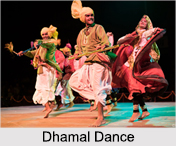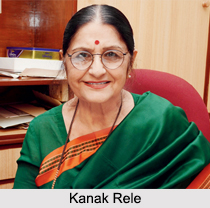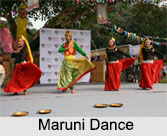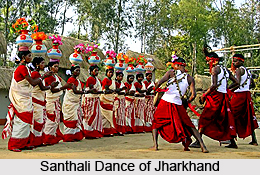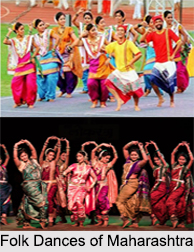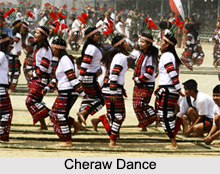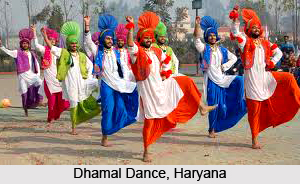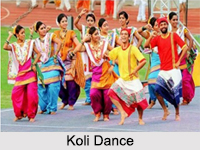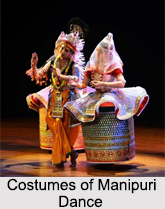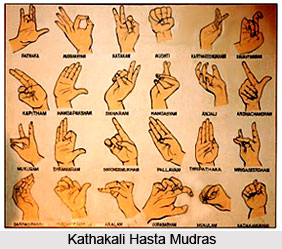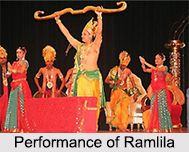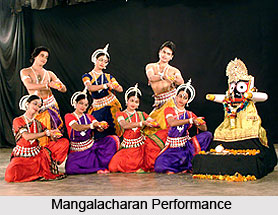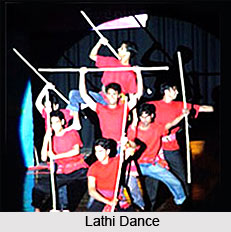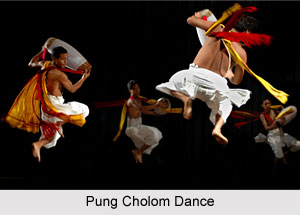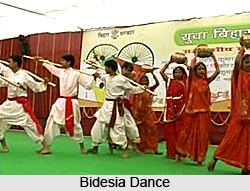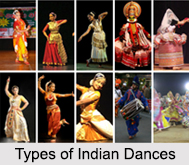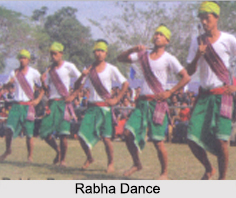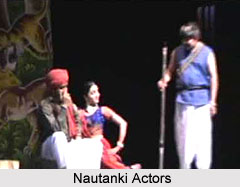 Actors in Nautanki make the art form one of the popular among the folk theatres in India. Actors, in any form of performing art, play a very crucial role. The rural order with the economic, social and cultural structures infuses Nautanki; yet its audiences are not limited to the farmers, agricultural labourers, and artisans in the villages. Within towns and cities, communities of working-class migrants are ready listeners for performing troupes. Factory employees, transportation workers, domestic servants, and lower-ranking clerks and salaried personnel, whose manners and allegiances may be relatively untouched by urban life, create the demand, in the city itself, for more traditional forms of entertainment. In addition, Nautanki, like other public performances in the nineteenth and twentieth centuries, has enjoyed the patronage of the predominantly Hindu mercantile class that emerged in the urban centres as successor to the Mughal and post-Mughal aristocracies, filling their place as cultural guardian.
Actors in Nautanki make the art form one of the popular among the folk theatres in India. Actors, in any form of performing art, play a very crucial role. The rural order with the economic, social and cultural structures infuses Nautanki; yet its audiences are not limited to the farmers, agricultural labourers, and artisans in the villages. Within towns and cities, communities of working-class migrants are ready listeners for performing troupes. Factory employees, transportation workers, domestic servants, and lower-ranking clerks and salaried personnel, whose manners and allegiances may be relatively untouched by urban life, create the demand, in the city itself, for more traditional forms of entertainment. In addition, Nautanki, like other public performances in the nineteenth and twentieth centuries, has enjoyed the patronage of the predominantly Hindu mercantile class that emerged in the urban centres as successor to the Mughal and post-Mughal aristocracies, filling their place as cultural guardian.
Although many Nautanki actors are from low castes, the theatre includes a broad range within its personnel. The participation of the artisan castes appears to have been particularly significant. The legendary poets and singers of Hathras, Ustad Indarman, Chiranjilal, Ganeshilal, and Govind Ram, were all Chhipis, jati (caste) of cloth printers and dyers. Natharam Gaur, the most famous poet of their school, was, however, a Brahmin. Shrikrishna Khatri Pahalvan, founder of the Kanpur branch, can be identified from the back covers of his early plays as a tailor (darzi). Nautanki troupe members in the Varanasi region in the late 1970s were drawn from Muslim entertainer castes such as Dafalis (who play the daf, a large drum), Bhats (musician-genealogists), and Charriars.
In the modern times, Nautanki is identified in India as a form of folk theatre (loknatya). Nonetheless, it does not fit neatly into the category of "folk drama" as used by Western folklorists, especially where "folk" designates village-level social organization.
As a further qualification to Nautanki`s traditional or folk character, one must consider the ongoing processes of change, particularly as village and city interpenetrate. In the twentieth century, the lives of both village and urban dwellers have altered under the influence of educational opportunities, new technologies, and consumer goods.
